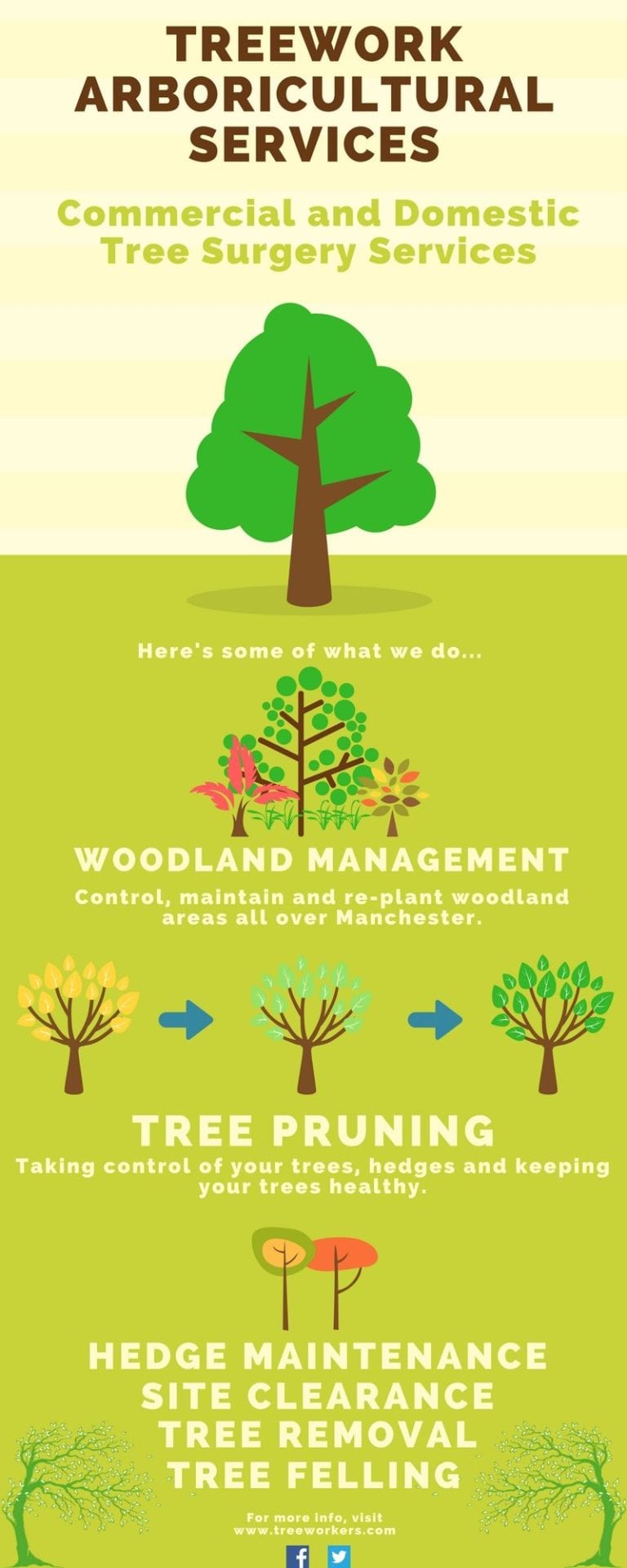When it pertains to developing a landscape that flourishes, mastering the art of tree pruning is a must. Think of having the ability to shape your trees with precision, guaranteeing their vigor and appeal for several years to come. By discovering the necessary techniques for correct cuts, timing, and architectural training, you hold the key to a thriving exterior room that will certainly excite all that experience it. Yet just how do these trimming methods absolutely impact the health and wellness of your trees and the total landscape aesthetic?
Appropriate Trimming Cuts for Tree Health
When it comes to keeping the health of your trees, making appropriate trimming cuts is essential. Wrong cuts can bring about disease, insect problem, and general tree decrease. To ensure the vitality of your trees, always start by utilizing sharp, tidy tools to make accurate cuts.
Begin by recognizing the branch collar, a swollen location where the branch connects to the trunk. Cutting simply outside the collar assists promote proper recovery and minimizes the risk of infection. Prevent leaving stubs as they can welcome insects and conditions into the tree.
Remember to make cuts at a minor angle, sloping far from the trunk, to stop water from pooling on the injury. Additionally, eliminate any kind of dead, harmed, or going across branches to enhance air circulation and sunlight penetration.
Timing and Regularity of Pruning
To maintain the wellness and structure of your trees, recognizing the ideal timing and frequency of pruning is important.
The most effective time to prune trees is normally during the inactive period in late winter or very early springtime. Pruning throughout this period assists promote new development once the tree starts budding in the spring.
Nonetheless, some trees, like spring-flowering ones, are best pruned right after they end up growing to prevent removing next year's flower buds.
Regular pruning is crucial, yet the frequency depends on the tree types and its development price. For most trees, a yearly examination to get rid of dead, diseased, or going across branches is recommended. Young trees may require more frequent pruning to develop a strong framework, while fully grown trees may only need maintenance pruning every few years.
Prevent pruning during the fall when conditions are more easily spread out, and avoid hefty pruning throughout the summer season when the tree is proactively expanding.
Educating Young Trees for Framework
For developing strong and healthy and balanced trees, training young trees for ideal structure is essential. By forming a tree when it's young, you established the structure for a sturdy and aesthetically enticing fully grown tree.
Begin by determining the main leader, which is the main upward-growing branch. Motivate tree removal service near my location by pruning away competing leaders, aiding the tree establish a solid main trunk. Additionally, get programmed maintenance of any branches that grow internal or downward, as they can create architectural concerns as the tree grows.
It's important to space out lateral branches uniformly around the trunk to advertise balanced development. As the tree matures, continue to check its development and trim as needed to keep its shape and structure.
Appropriately trained young trees are much less most likely to develop weak crotches or overcrowded branches, lowering the risk of damages during tornados. Investing time in training young trees will certainly pay off with a beautifully structured and durable tree in the future.
Final thought
Now that you have mastered the essential strategies of tree pruning, your landscape is on its way to growing. By utilizing sharp devices, making exact cuts, and properly timing your pruning sessions, you are making sure the wellness and durability of your trees. Keep in mind to routinely evaluate and maintain your trees to keep them growing. With your newfound understanding, your landscape will certainly continue to expand wonderfully for several years to come. Maintain the great work!
